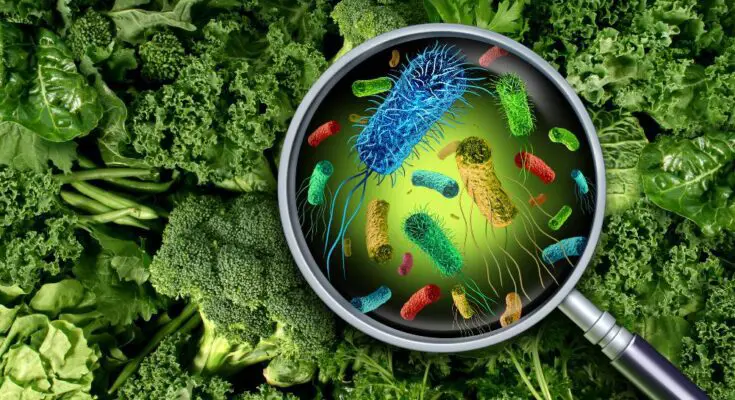Foodborne illnesses can be difficult to track and dangerous to health—but luckily, the Centers for Disease Control and Prevention (CDC) employs sophisticated techniques to identify contaminants in food-related outbreaks. The CDC works diligently daily to identify potential cases that could lead to large-scale outbreaks. In this post, we’ll dive a bit deeper into how the CDC tracks cases of foodborne illness to maintain public health and safety.
Surveillance Systems: The First Step in Identifying Outbreaks
Public health surveillance is essential in identifying foodborne illness outbreaks as they happen. The CDC uses several surveillance systems, such as the Foodborne Diseases Active Surveillance Network (FoodNet) and the National Outbreak Reporting System (NORS). These tools collect, analyze, and share data on foodborne illness incidents. By closely monitoring this information, the CDC can determine patterns and possible sources of outbreaks, allowing for the timely implementation of control measures.
PulseNet: DNA Fingerprinting for Faster Response
Another way the CDC tracks cases of foodborne illness is by using PulseNet, a laboratory initiative that connects cases of foodborne illness. PulseNet works by using DNA fingerprinting technology to identify the specific strain of bacteria responsible for an illness. This database can identify potential outbreaks in different states or regions some might otherwise overlook when health departments submit samples of bacteria from sick individuals. PulseNet allows public health agencies to identify and respond to foodborne illness outbreaks more quickly, limiting the impact and spread of these illnesses.
Tracking the Source: How the CDC Pinpoints Food Suppliers
After the CDC identifies an outbreak, they still have much work to do. The CDC collaborates with local and state health departments, the Food and Drug Administration (FDA), and the United States Department of Agriculture (USDA) to pinpoint the source of the outbreak. This extensive investigative process revolves around conducting interviews with affected individuals, tracing the distribution of suspect foods, and collecting and testing environmental samples. Such collaboration is vital to trace contaminated food to its supplier, mandate recalls and advisories, and ultimately improve food safety in the long run.
Lot Codes: Ensuring Accountability in Food Production
Properly assigning lot codes and maintaining efficient traceability systems are invaluable in tracking contaminated food during an outbreak. Lot codes refer to the unique identifying codes assigned to a specific batch or lot of products. This information allows businesses to gain insight into each product’s origin, processing date, and distribution chain. In light of a foodborne illness outbreak, traceability and lot codes help investigators narrow down the problematic foods and ascertain which products they should recall. Essentially, it signifies why it’s important for businesses to properly lot code products, not only in the case of a major outbreak but also to enhance food safety.
As you can see, the CDC has sophisticated systems in place to track foodborne illness outbreaks effectively. But it’s a joint effort of businesses, government agencies, and consumers to ensure food safety. By understanding the crucial role of the CDC in these cases, we can all contribute to better public health outcomes and support a safer food supply chain.



